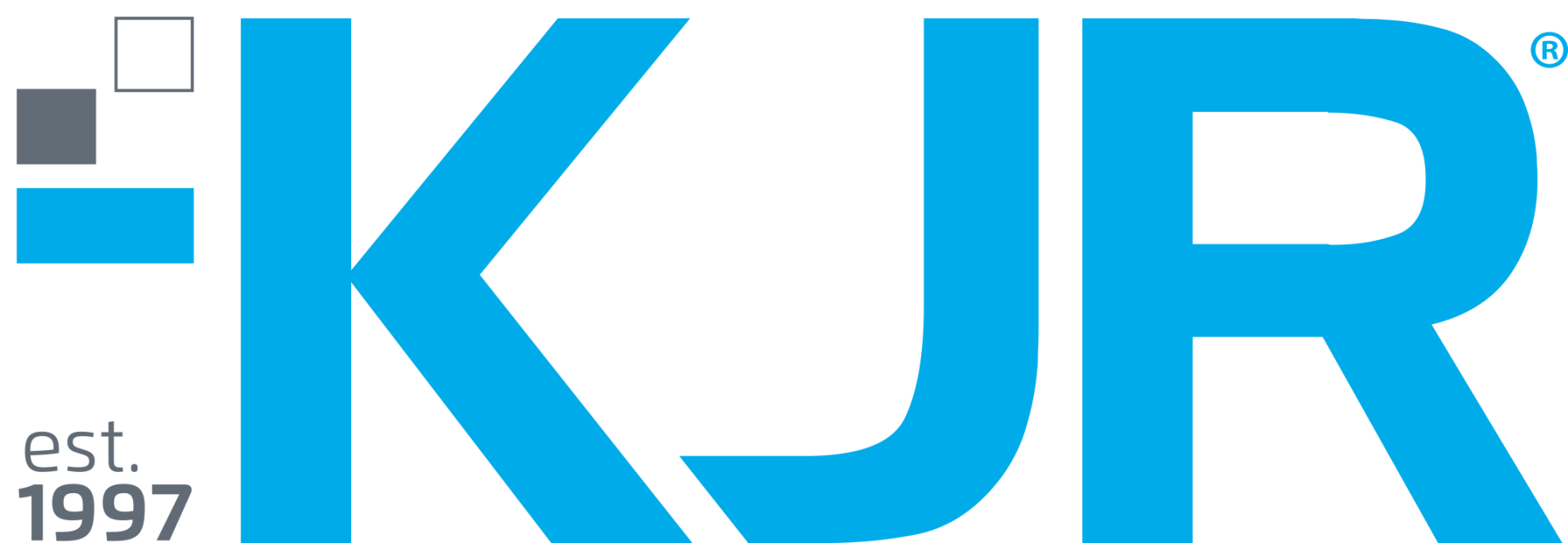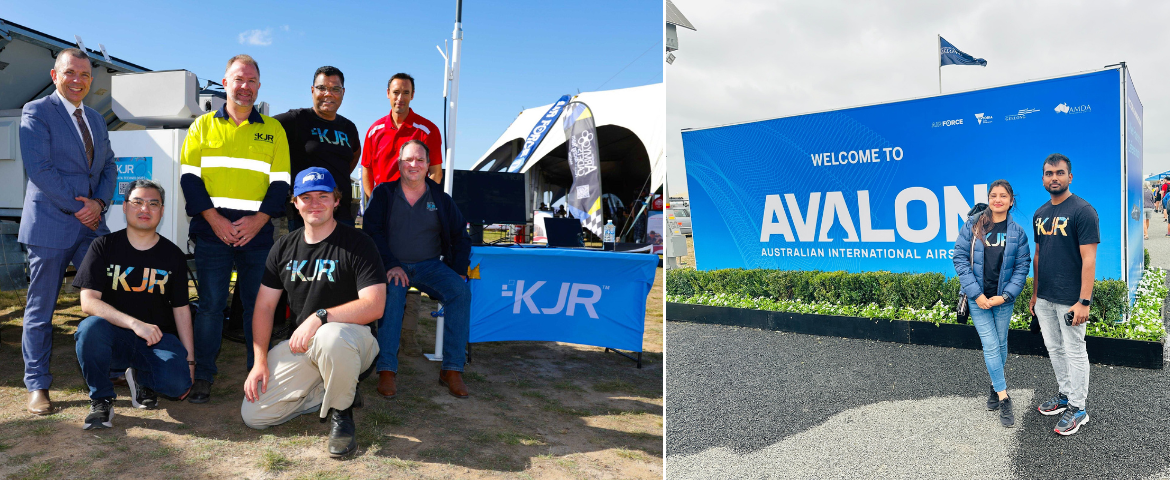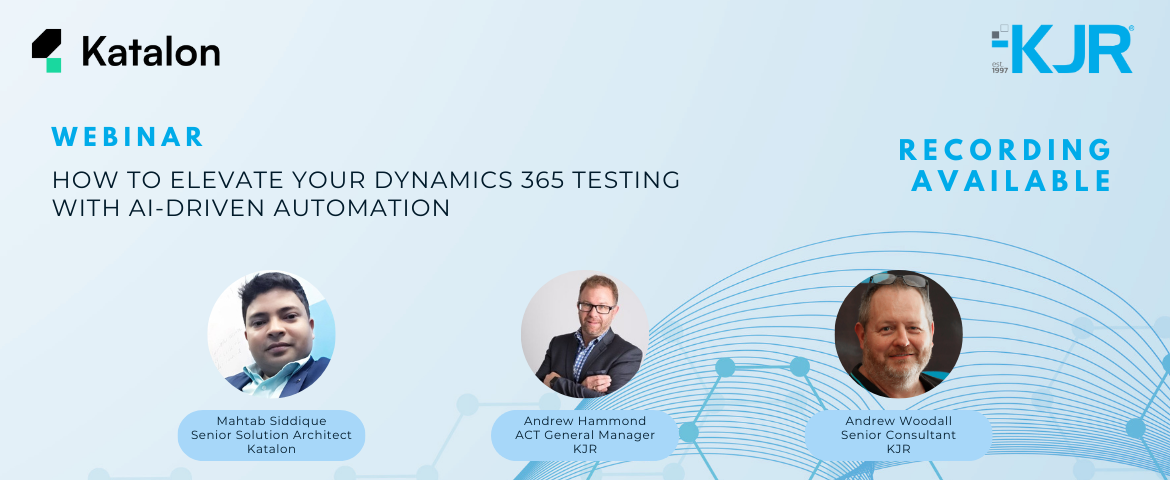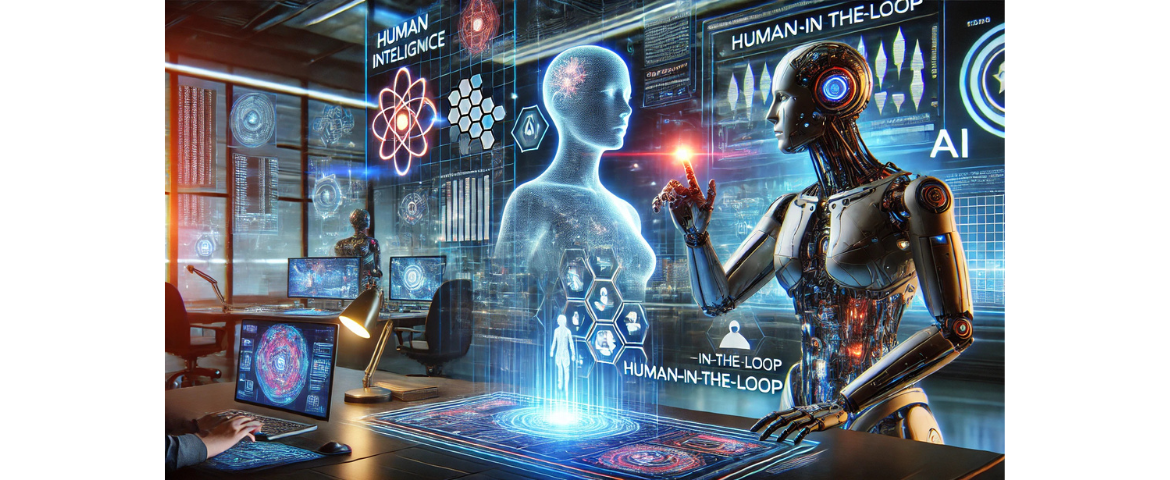Category | Technology
As AI adoption accelerates across government and industry, recent incidents have exposed a critical truth: most AI failures aren’t caused by the technology itself.
KJR proudly exhibited at the Australian International Airshow at Avalon, showcasing our cutting-edge Drone Dock Trailer and joining the nation’s most advanced aerospace and defence innovators.
Struggling with complex Dynamics 365 testing? Discover how AI-powered automation with Katalon can streamline your testing process, reduce manual effort, improve accuracy, and accelerate releases.
Human-in-the-loop represents a vital approach in AI development, where human expertise actively contributes to AI decision-making processes.
Australian government departments face a complex AI regulatory environment with voluntary standards, national frameworks, and international guidelines for responsible AI, each with overlapping elements. Departments must assess and align the appropriate tools and frameworks to their unique needs and responsibilities to ensure compliant, ethical, and effective AI use.
ISO 42001 provides a comprehensive framework for responsible AI governance, covering risk management, data privacy, bias mitigation, and regulatory compliance. Closely aligned with global regulations, it supports organisations in managing AI risks, building trust, and ensuring ethical, secure AI implementation.
Businesses are increasingly relying on AI and ML technologies to drive innovation, enhance operational efficiency, and gain a competitive edge. However, the deployment of AI systems is fraught with challenges and risks that can undermine their reliability and trustworthiness. This is where AI assurance comes into play.
Hear about the importance of testing and evaluating LLMs focussing on the Information Assistant Accelerator offered by Microsoft. The webinar provides insights and discusses testing strategies, including the evaluation of content quality, context relevance, and the incorporation of human judgement.
Microsoft invited KJR to refine their their cutting-edge ‘Public Sector Information Assistant’ tool, recognizing KJR’s expertise in software quality assurance.
The journey toward Agile is not just a process change; it’s a paradigm shift that redefines how we perceive, assure, and enhance software quality.
AI revolutionizes tech, significantly advancing automation, enriching data analysis, and spawning novel AI-driven solutions for unparalleled industry evolution.
KJR champions the energy sector’s shift to renewables, utilizing IoT and cloud tech to enhance operational efficiency, ensure reliability, and lower risk.
- 1
- 2



















